A welding positioner rotates round or tube-shaped pieces of work, such as pipes, flanges and pipe fittings, which allows a welder to sit or stand in one place and work on a level surface. Using a welding positioner increases efficiency, productivity and consistency of work while also reducing worker fatigue, since the welder does not have to keep moving around the pipe, or reach overhead to get to the work piece they are welding. At the same time, using a welding positioner increases the consistency and quality of welds.
Using a welding positioner solves the problem of working on a 360-degree work surface or plane, such as when joining pipes, pipe fittings, valves and flanges. Without a welding positioner these tasks are slow, difficult, and tiring, since the welder must constantly move around and under the work piece, weld over their heads and vertically, and constantly stop and start work to reposition themselves and the work piece. Without a welding positioner such tasks lead not only to worker fatigue but also poor quality welding work.
Welding positioners come in a variety of sizes and can be custom built for most industrial applications. Driven either electrically or by pneumatic-hydraulic power, their speed of rotation can be adjusted by the welder to rotate the work at the exact, constant tempo to suit the work. By keeping the work piece level and allowing the welder to use the highest possible amperage the welding rod will allow, high quality seams can be welded very efficiently. This is not the case when welders must work vertically or over their heads; without a welding positioner welders often must decrease amperage to reduce sagging of the welded pool of molten metal. But using a welding positioner solves this problem and ensures consistent, high-quality welded seams. Furthermore, since welders using one of these devices are not constantly interrupted by having to move themselves or reposition the piece they are working on, they can focus on welding high-quality seams that are consistent around the surface of the piece. Welding positioners can also allow one welder to complete work that, without a welding positioner, would require more than one worker. They are highly useful in many situations where welding tubular or round work pieces needs to be completed.
Hydraulic Lifts Power Pages
Hydraulic Lifts
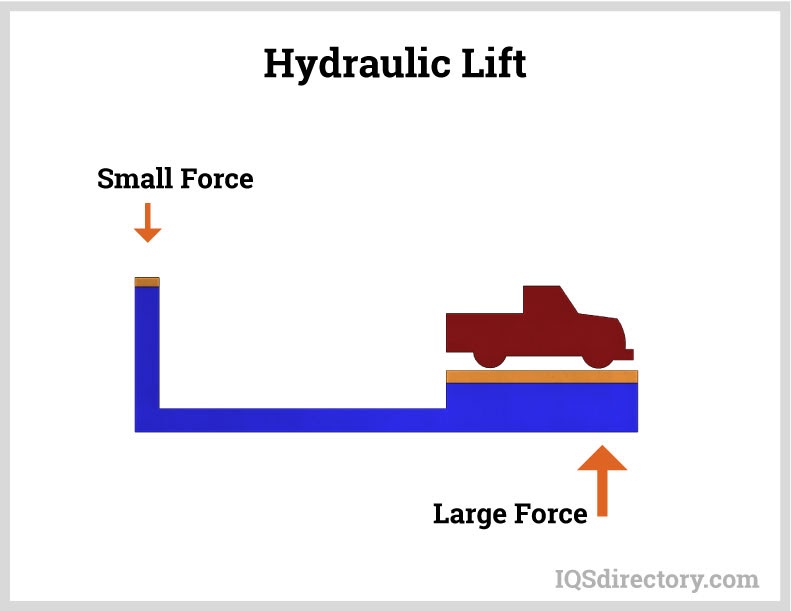
A hydraulic lift is a device for moving objects using force created by pressure on a liquid inside a cylinder that moves a piston upward. Incompressible oil is pumped into the cylinder, which forces the piston upward. When a valve opens to release the oil, the piston lowers by gravitational force...
Lift Tables
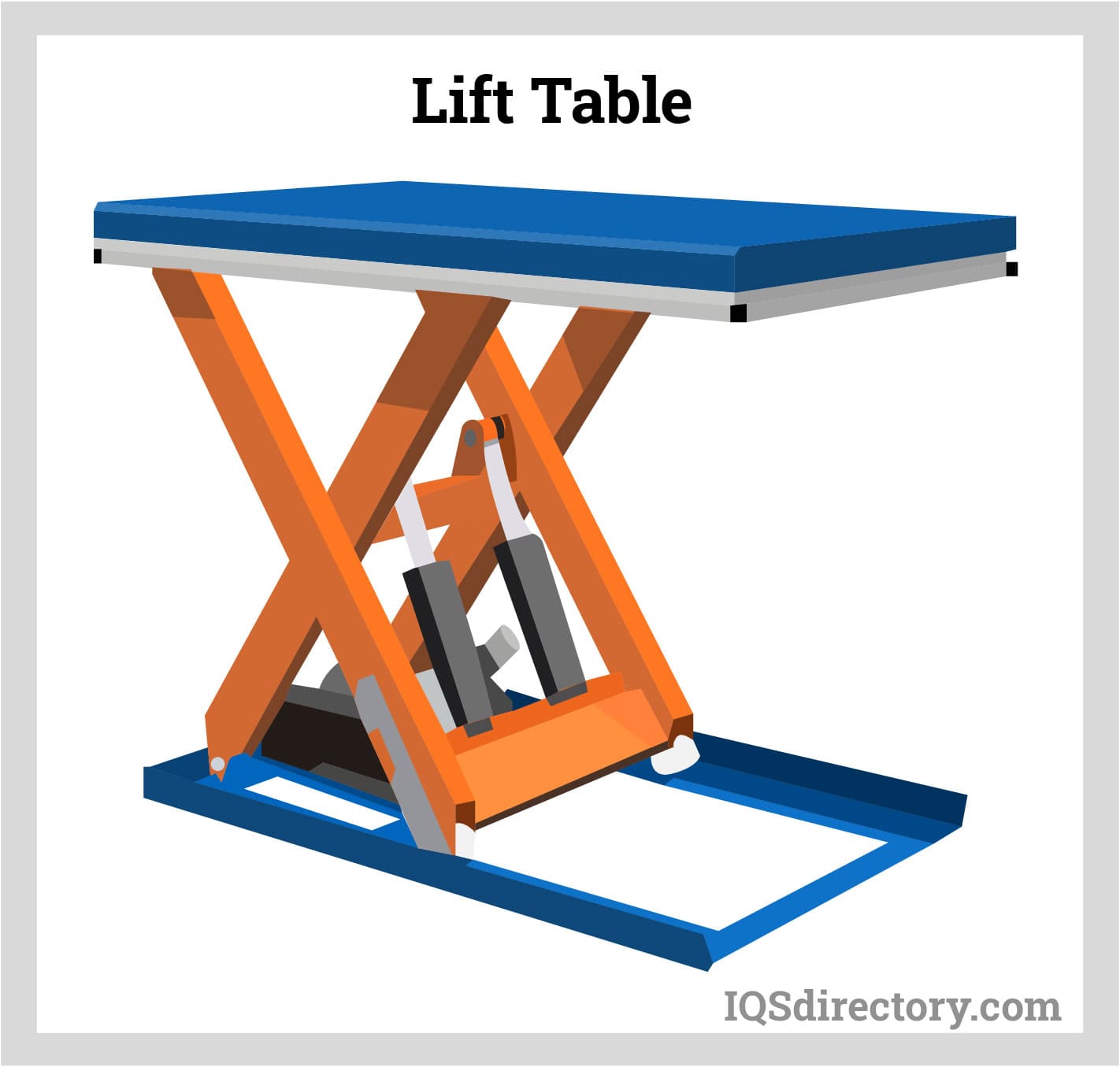
A lift table is a platform capable of holding materials and raising, lowering, and adjusting them to any height to meet the needs of an application and the user’s requirements. Lift tables are supported by a strong, rigid, and stable base frame placed flat on the floor, in a pit, or equipped with casters or wheels...
Scissor Lift
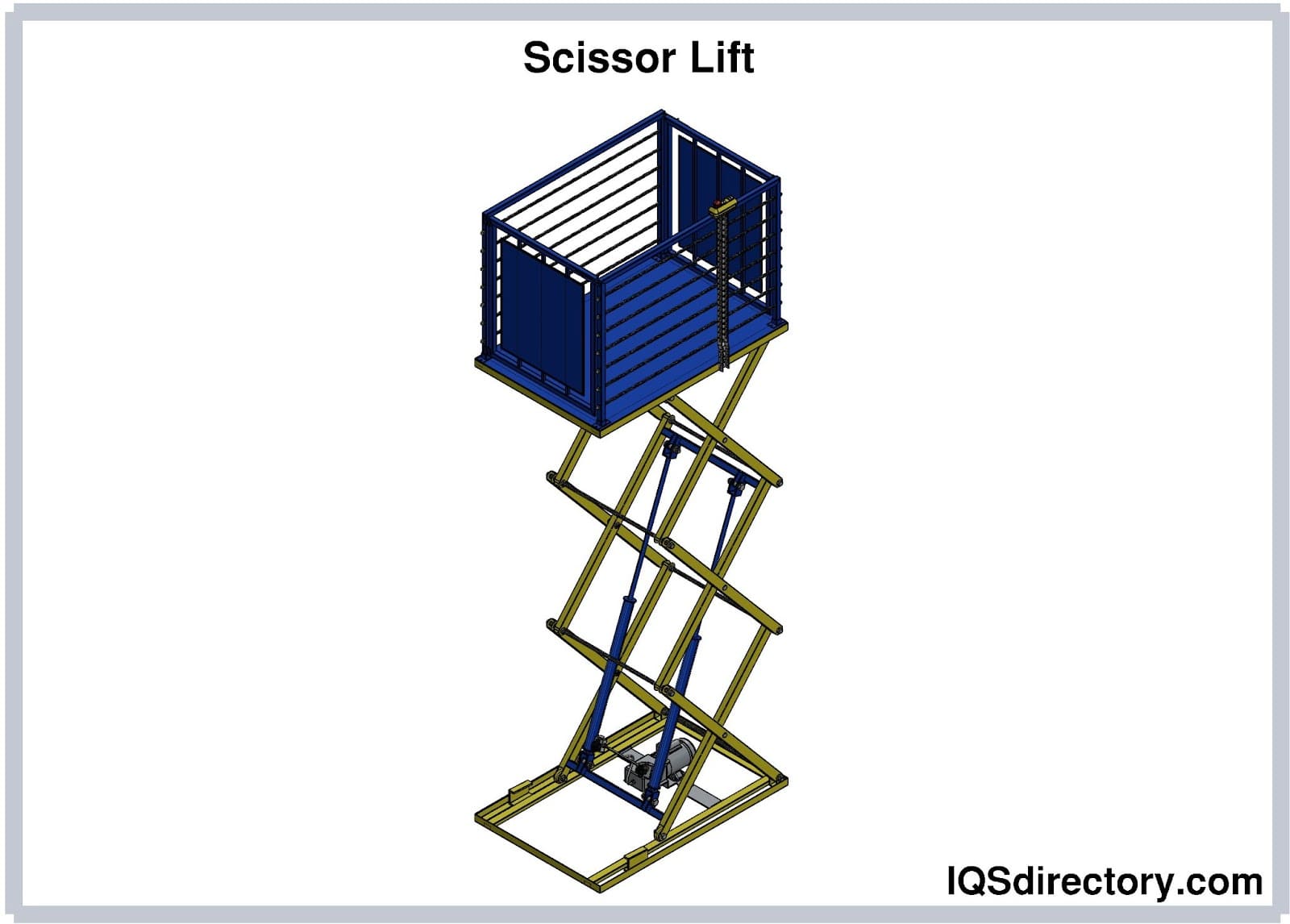
Scissor lifts are a type of manlift that is commonly used in construction and facility maintenance to raise employees and their tools to working heights. A power system and a control system make up the scissor lift...
Types of Hydraulic Lifts
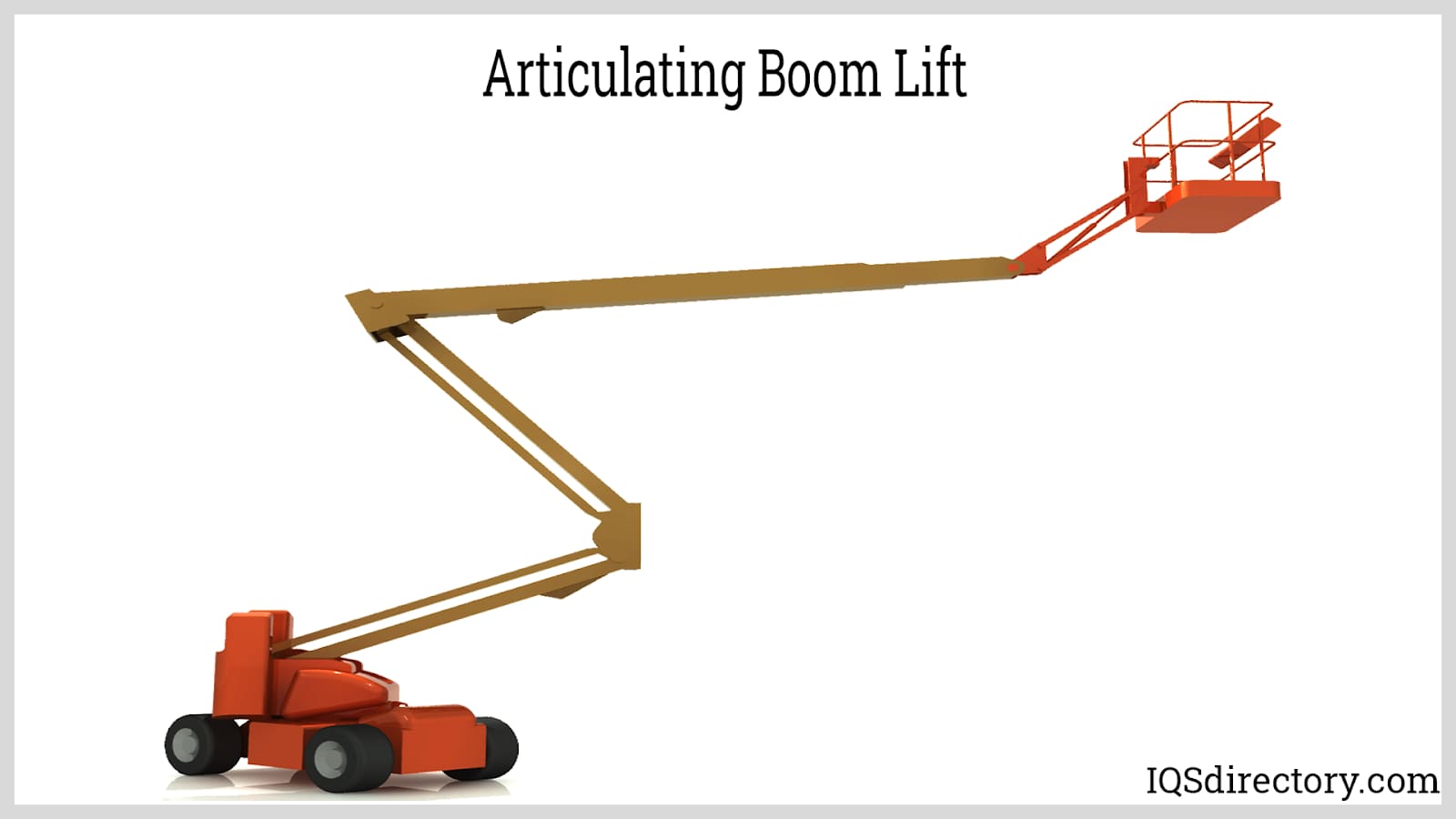
A hydraulic system is based on Pascal‘s principle of fluid pressure, which hypothesizes that a change in pressure in a fluid is transmitted to all points of the fluid in all directions. With a hydraulic lift, an electrically...
Electric Hoist
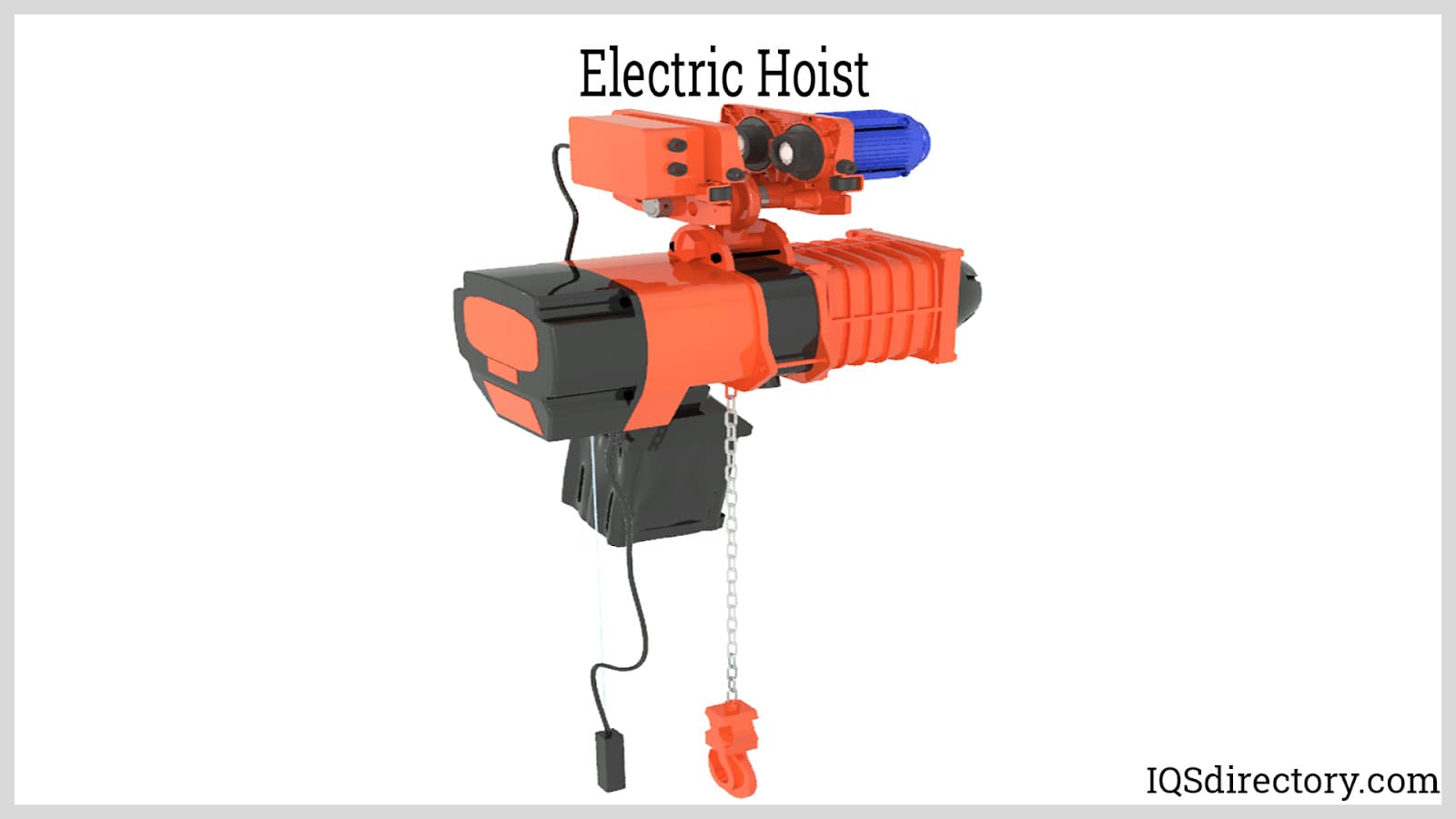
Electric hoists are material handling equipment used for lifting, lowering, and transporting materials and products. They are powered by an electric motor and have a controller to adjust the lifting parameters. They are efficient...
Gantry Crane
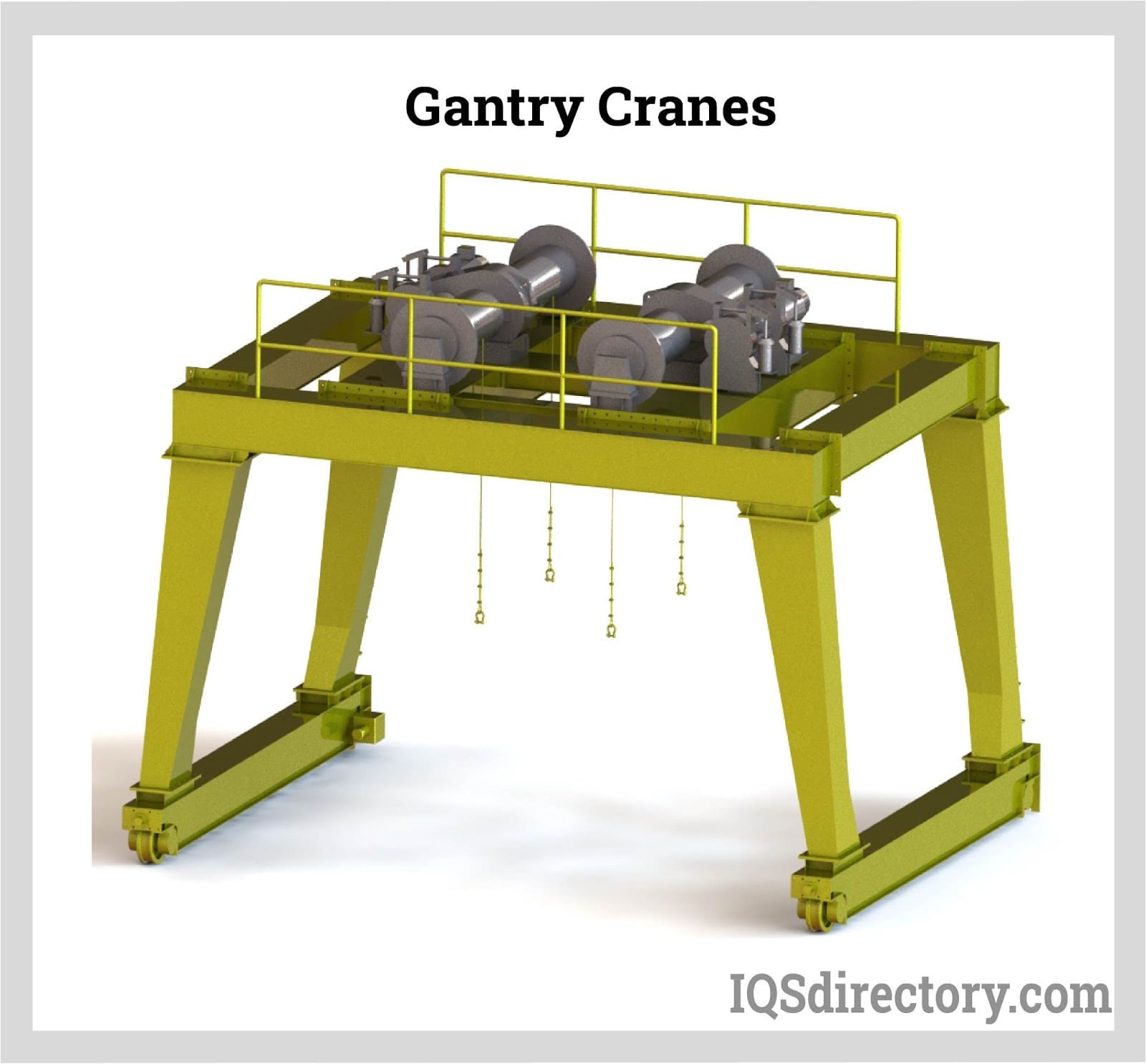
A gantry crane is an overhead crane that has one or two beams supported by freestanding legs and moves on wheels, a track, or rail system carrying a bridge, trolley, and hoist. Workshops, warehouses, freight yards, railroads, and...
Wire Rope
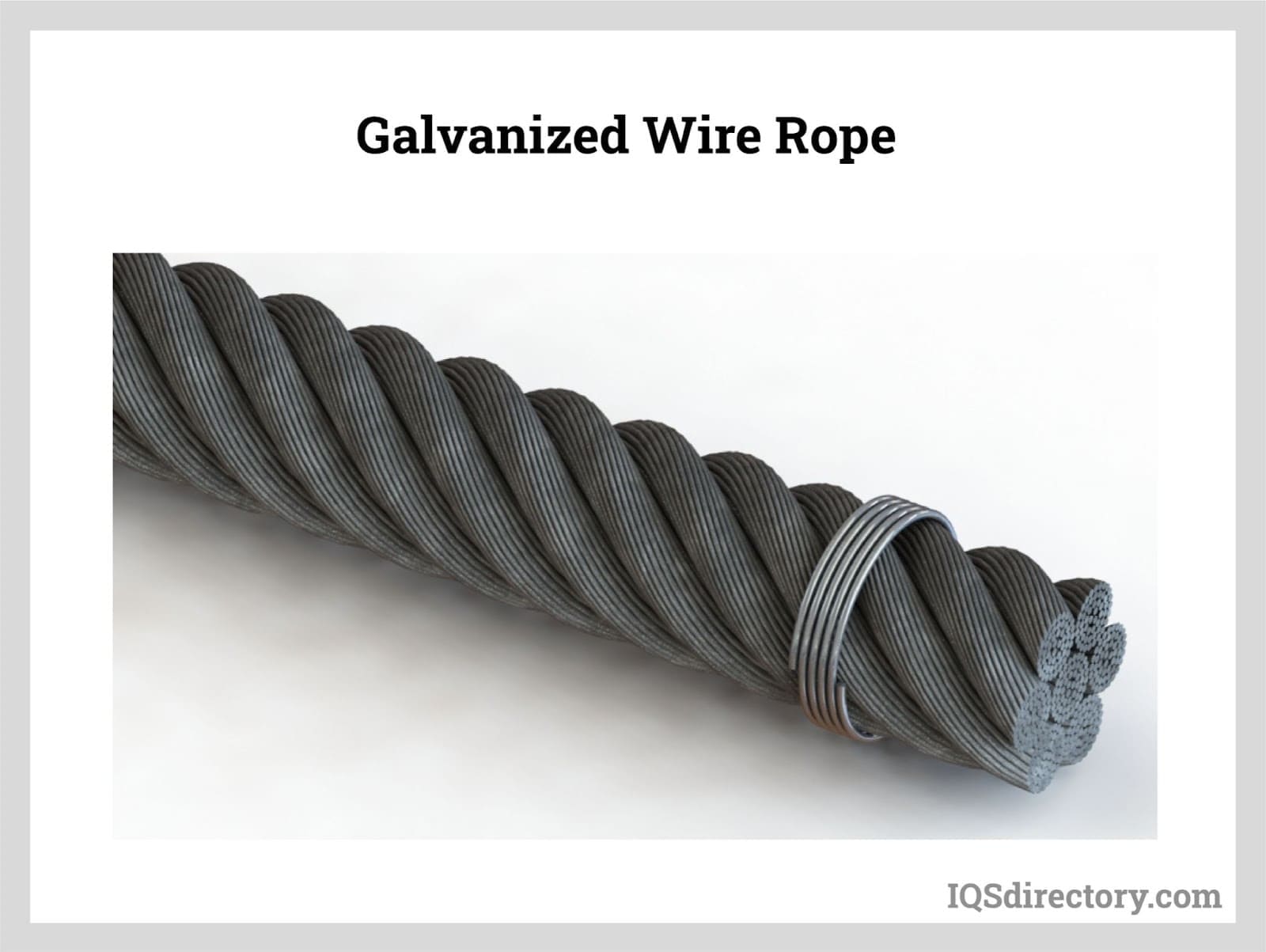
Wire rope is a collection of metal strands that have been twisted and wound to form the shape of a helix with the purpose of supporting and lifting heavy loads and performing tasks that are too rigorous for standard wire...
Overhead Cranes
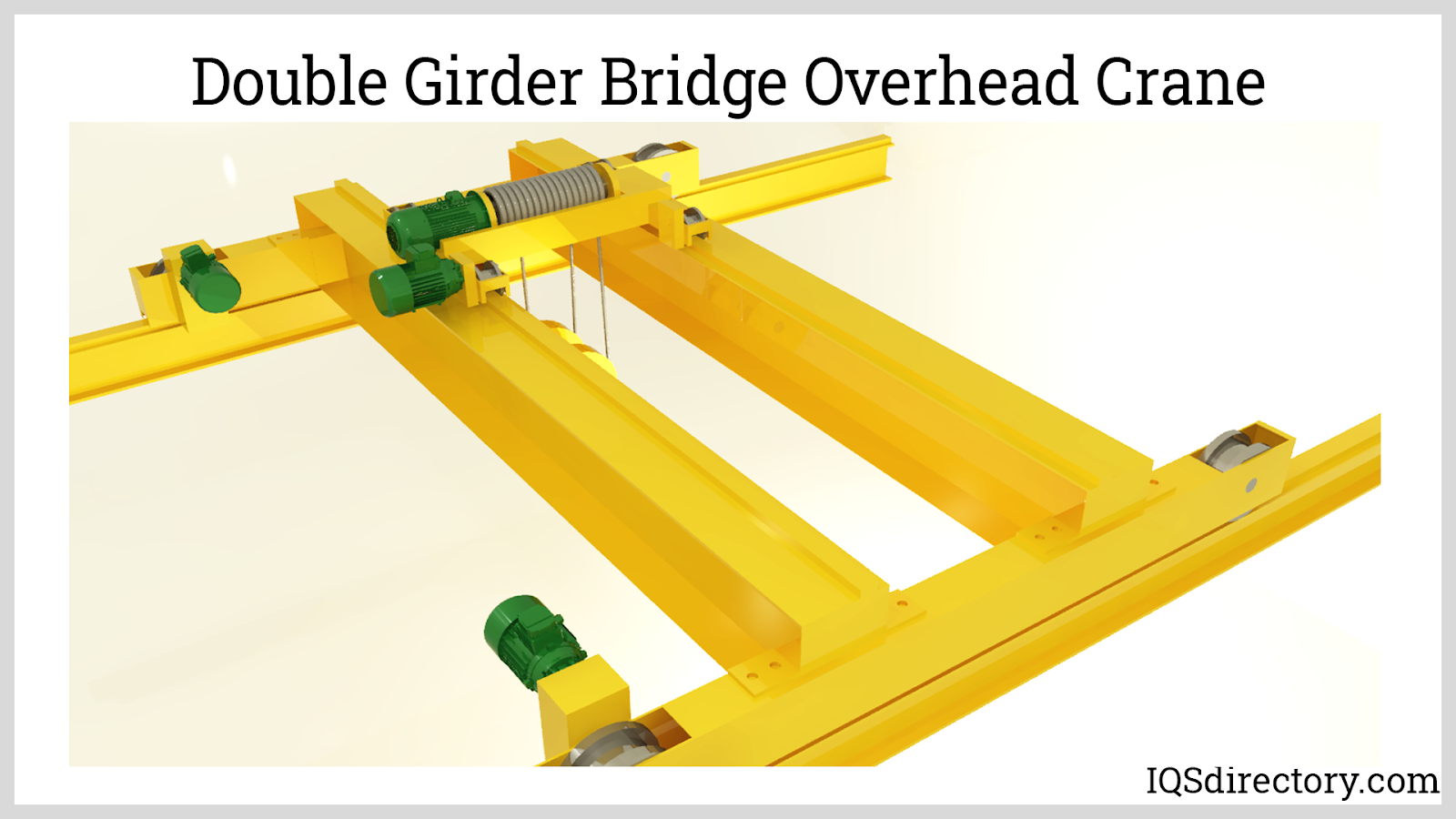
An overhead crane is a type of heavy duty machinery that is capable of moving extremely heavy loads and equipment from one location to another in a safe and precise manner using the overhead space of a manufacturing facility. Due to the nature of the work they perform...
Jib Cranes
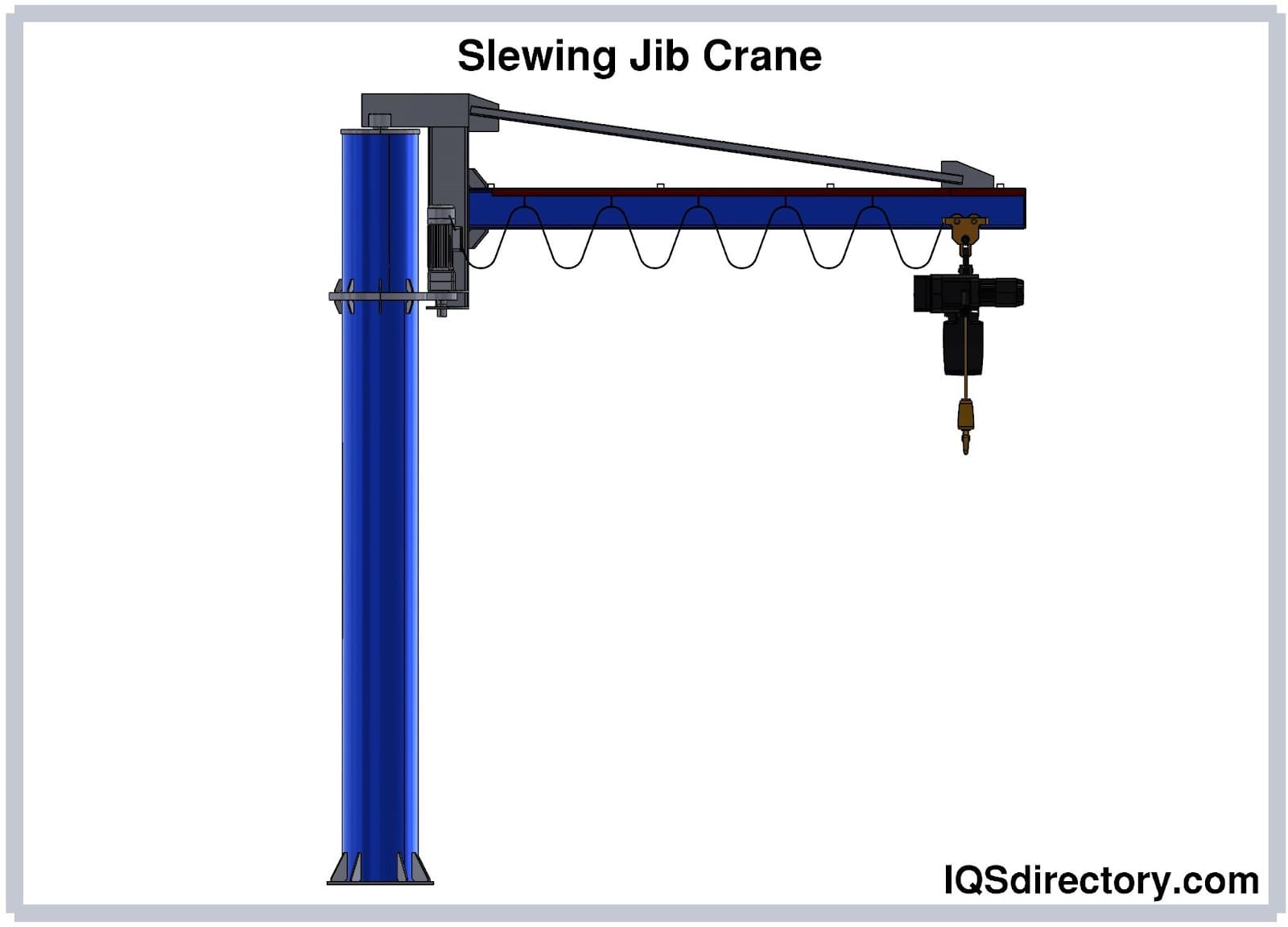
A jib crane is a lifting device with an arm or boom that extends off the main body of the crane to provide extra reach and has a lattice design to lower the weight added to a load. The design of jib cranes allows them to work...
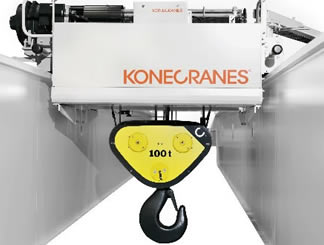 Cranes
Cranes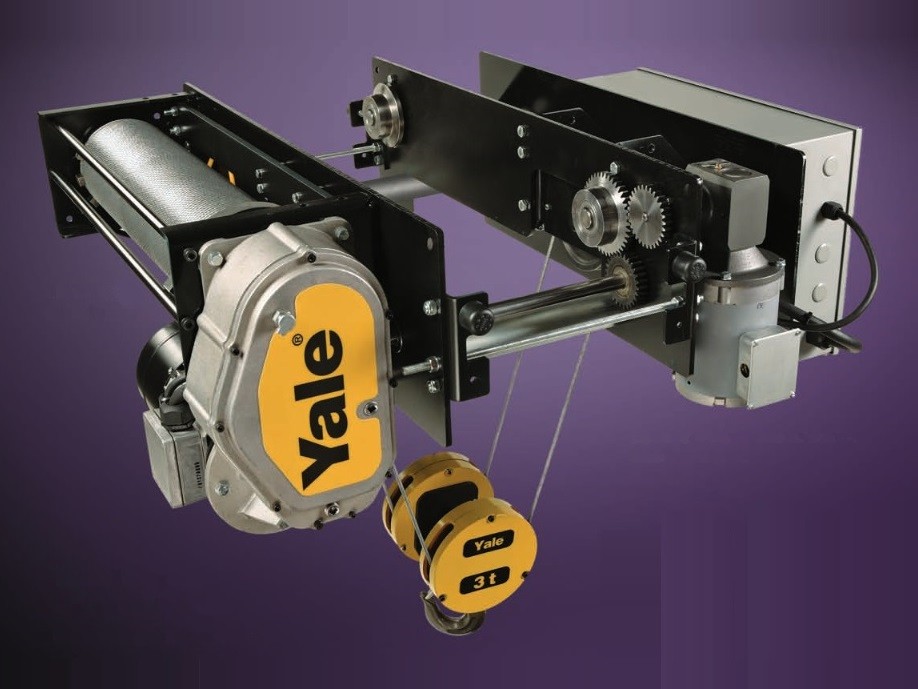 Electric Hoists
Electric Hoists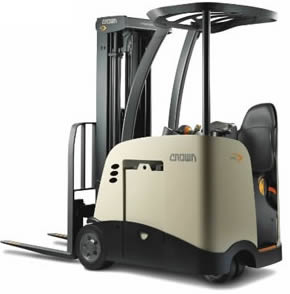 Forklifts
Forklifts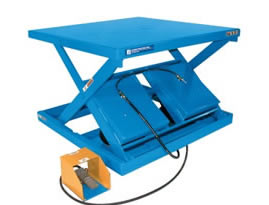 Hydraulic Lifts
Hydraulic Lifts Rope
Rope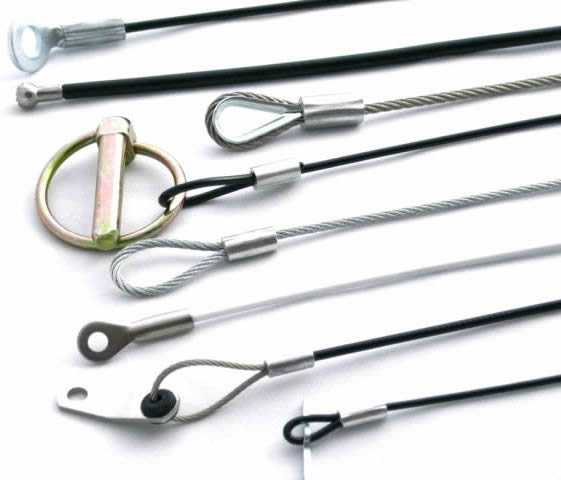 Wire Rope
Wire Rope Castings & Forgings
Castings & Forgings Bulk Material Handling
Bulk Material Handling Electrical & Electronic Components
Electrical & Electronic Components Flow Instrumentation
Flow Instrumentation Hardware
Hardware Material Handling Equipment
Material Handling Equipment Metal Cutting Services
Metal Cutting Services Metal Forming Services
Metal Forming Services Metal Suppliers
Metal Suppliers Motion Control Products
Motion Control Products Plant & Facility Equipment
Plant & Facility Equipment Plant & Facility Supplies
Plant & Facility Supplies Plastic Molding Processes
Plastic Molding Processes Pumps & Valves
Pumps & Valves Recycling Equipment
Recycling Equipment Rubber Products & Services
Rubber Products & Services